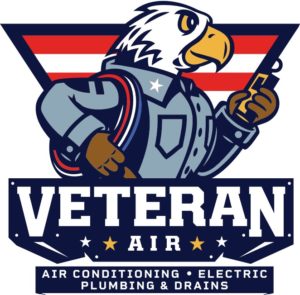Although thermostats are designed to make our lives easier, finding the ideal temperature setting puzzles most homeowners. But when the settings are adjusted correctly, a thermostat can keep your indoors comfortable and drastically lower your energy bills. Let’s find out what the best setting for your programmable thermostat is.
THE BEST SUMMER TEMPERATURE SETTINGS WHEN YOU’RE AT HOME
According to the U.S. Department of Energy, 78-degrees Fahrenheit is the perfect middle ground when you are home during the summer. This temperature will keep you comfortable enough without hurting your finances, whereas any setting lower than that will take a toll on your power bill. During the night, try cooling with a fan rather than lowering the thermostat.
THE BEST SUMMER TEMPERATURE SETTINGS WHEN YOU’RE AWAY
If you are away from home for more than six hours at a time, increase your thermostat temperature from 78F to 88F. The higher temperature will only slow down the flow of heat, meaning your unit won’t struggle to cool your home when you’re back. Keeping your indoor environment just a bit warmer when you aren’t home will help you conserve energy and save as much as 10% of cooling expenses. And when you’re finally home, remember that setting a temperature lower than 78 will not cool your home faster.
THE BEST WINTER TEMPERATURE SETTINGS
The perfect thermostat temperature during the chilly season is 68F when you are indoors. Raising the temperatures more than this will drive up your energy bill by 4%. When you aren’t home, set the thermostat at 62F. In the night, set it at 66F to maximize your savings. But if you aren’t sure of the best winter temps for your home, you can always consult a professional HVAC technician.
IMPORTANT FACTORS TO CONSIDER
Here are some tips that will boost your comfort levels and save you money:
Pick the Right Thermostat – If you want to reap the rewards of energy savings, you’ll want to invest in the right programmable thermostat. Instead of using a device that can only be programmed to repeat the same action daily the entire week, get one that offers more flexibility. A 7-day programmable thermostat lets you program a different heating/cooling plan for each day of the week. You can also take advantage of technology and get a newer model that learns your patterns and automatically adjust the temps.
Keep an Eye on the Humidity – High humidity plus heat can cause extreme discomfort. Be careful not to set your thermostat above 80F when the humidity passes the 40% mark. When humidity is too high, lower the temps below 78F. You can also invest in a dehumidifier to remove the excess moisture and keep the AC from overworking.
Avoid Setting Your Thermostat Too Low – When it’s freezing outside, don’t set your thermostat too low in order to save on energy. You could freeze and damage your plumbing systems and cause condensation, which may damage electronics, furniture, and floors.
Insulate Your Home – Properly insulating your home prevents the cool air from escaping outside and keeps the summer heat from coming inside. In winter, these spaces allow cold air into your home. Insulate your attic, windows, and doors, and seal any cracks.
TALK TO AN HVAC TECHNICIAN IN SARASOTA, FL
While the thermostat temperatures mentioned above are the recommended figures, you can always adjust them to create the perfect indoor conditions without hurting your budget. But if you just can’t seem to find the ideal temperature for your home, it’s time to get an expert opinion from Veteran Air Conditioning.
Our fully licensed and insured HVAC technicians will help you find the right setting and keep your utility costs reasonable. Don’t hesitate to give us a call.


